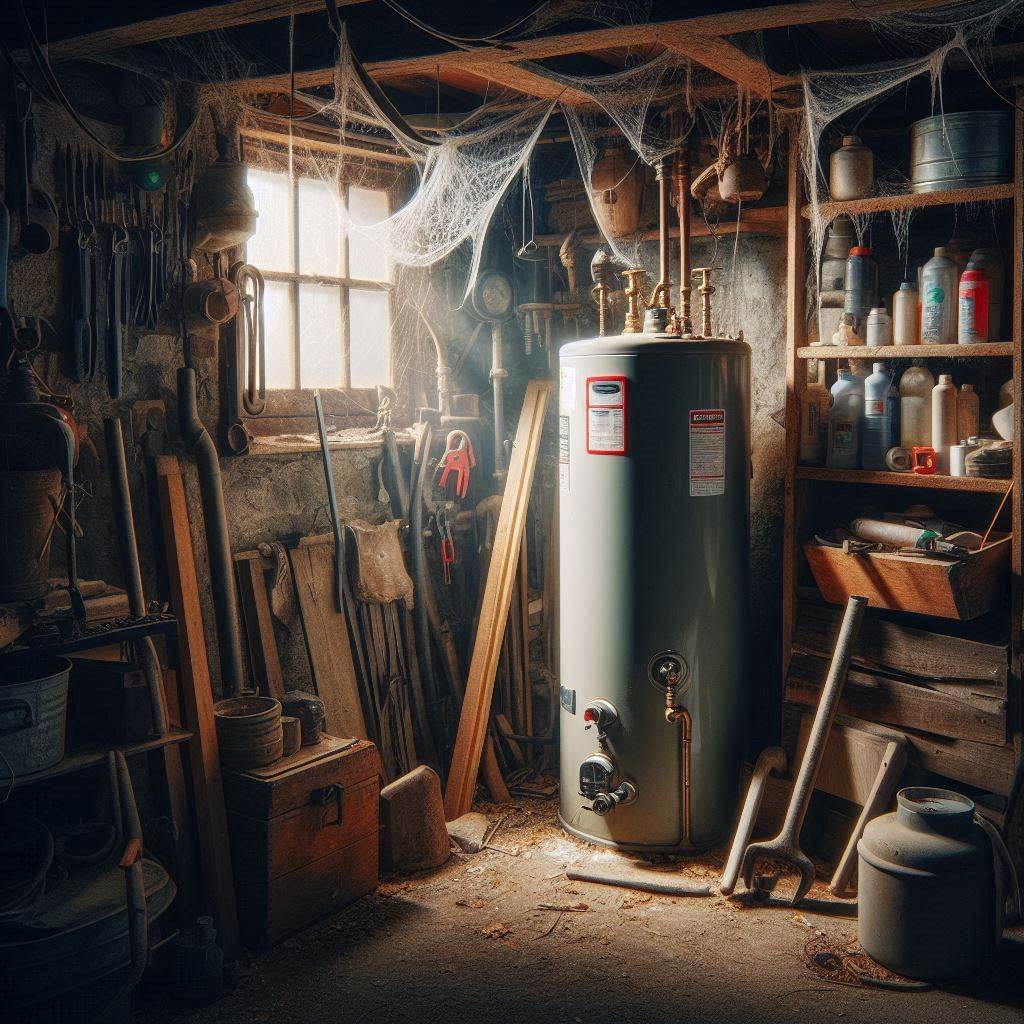Your water heater works tirelessly to provide hot water for cooking, cleaning, and bathing—yet it’s often overlooked when it comes to maintenance. One simple yet essential task that can extend the life of your water heater and keep it functioning efficiently is flushing it at least once a year. Ignoring this crucial step can lead to reduced performance, higher energy bills, and costly repairs. Here’s why this annual chore should be a priority for every homeowner.
- Prevent Sediment Buildup
Over time, minerals like calcium and magnesium, along with other debris, settle at the bottom of your water heater tank. This sediment acts as an insulating layer, reducing the heater’s efficiency by forcing it to work harder to heat the water.
The Risks of Neglecting Sediment Buildup:
Increased energy consumption
Overheating of the tank bottom, leading to damage
Uneven heating or lukewarm water
Flushing the tank removes this sediment, allowing the water heater to operate at peak efficiency.
- Extend the Lifespan of Your Water Heater
A well-maintained water heater can last 10–15 years or more, but neglecting annual flushing can significantly shorten its lifespan. The sediment buildup causes extra wear and tear on the heating elements and can corrode the tank from the inside out.
Long-Term Benefits of Flushing:
Reduces internal stress on the system
Prevents premature failure of heating components
Delays the need for a costly replacement
- Maintain Water Quality
If your water starts to look rusty, cloudy, or has a metallic taste, sediment buildup in your water heater might be the culprit. Over time, this can also affect the performance of your plumbing fixtures and appliances, leaving them stained or clogged.
Flushing Benefits for Water Quality:
Eliminates discolored water
Reduces the risk of rust and other particles entering your plumbing
Ensures clean, fresh water for your household
- Improve Energy Efficiency
A water heater struggling with sediment buildup works harder and uses more energy, which directly translates to higher utility bills. Regular flushing keeps the system running smoothly, ensuring you’re not wasting energy or money. - Reduce Risk of Tank Damage or Failure
When sediment accumulates, it creates hot spots on the bottom of the tank. These areas are prone to overheating, which can weaken the tank material and lead to leaks or even a complete tank rupture. Annual flushing removes this sediment before it causes serious damage.
How to Flush Your Water Heater
Turn Off the Power: For electric heaters, shut off the breaker. For gas heaters, turn the gas valve to “pilot.”
Turn Off the Cold Water Supply: This prevents new water from entering the tank during the process.
Attach a Hose to the Drain Valve: Direct the other end of the hose to a safe drainage area.
Open the Drain Valve: Allow the water and sediment to flow out until the tank is empty.
Flush with Cold Water: Turn the cold water supply back on briefly to rinse out any remaining sediment.
Close the Drain Valve and Refill: Close the valve, remove the hose, and refill the tank. Don’t forget to turn the power back on or relight the pilot.
When to Call a Professional
While flushing is a straightforward task, older water heaters or those with severe sediment buildup might require professional help. If you’re unsure how to proceed or notice signs of significant wear, such as leaks or strange noises, contact a plumber to assess and maintain your system.
Final Thoughts
Flushing your water heater annually is a small task with big benefits. It protects your investment, keeps your energy costs in check, and ensures you have reliable access to hot water. By making this part of your yearly home maintenance routine, you’ll extend the life of your water heater and avoid costly repairs.

